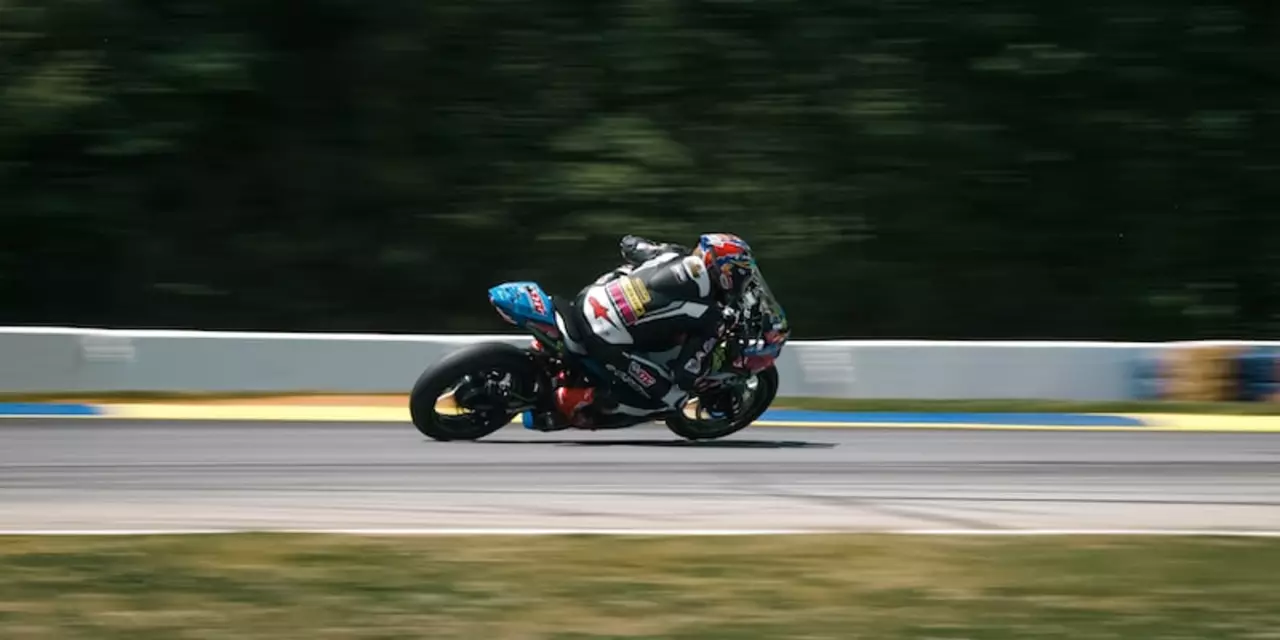Superbike racing is an adrenaline-filled and highly competitive form of motorbike racing. To get started in this exciting sport, one must first be in possession of a motorcycle that meets the relevant regulations and possess the appropriate licenses. Once these are obtained, it is important to understand the different racing classes and choose one that best suits your budget and experience. After that, one must join a racing team and practice regularly to improve their skills and gain experience. Finally, one should familiarize themselves with the rules and regulations of the specific racing class and make sure they are always prepared and ready to compete.
Getting Started: Your First Steps into Motorsport Painting and Racing
If you love fast bikes, shiny cars, and bold colours, you’re in the right place. This guide shows you how to jump into motorsport painting and basic racing without feeling overwhelmed. Grab a notebook, a cup of coffee, and let’s break it down into clear, doable steps.
Step 1 – Pick Your Project and Gather the Basics
Start with a single bike or car you already own. Choose a design that excites you – a classic racing stripe, a bright team livery, or a simple matte finish. You only need a few tools: a quality primer, the paint you like, a small spray gun or aerosol cans, masking tape, and a clean workspace. Don’t buy every gadget on the market; the core set will let you practice and see results fast.
While you’re at it, check out our colour swatches online. Seeing how a colour looks on a bike frame helps avoid costly mistakes later. If you’re unsure, start with a single panel instead of the whole vehicle – it’s cheaper and builds confidence.
Step 2 – Learn the Basics of Racing and Find a Community
Racing isn’t just about speed; it’s about safety, rules, and practice. In India, the first thing you need is a valid driving licence. Then, get the essential gear: helmet, gloves, knee and elbow protectors, and racing boots. Join a local motorbike club – most clubs hold weekly track days where beginners can try laps under supervision.
Talk to other riders, ask about the best tracks for newcomers, and watch a few practice sessions. You’ll pick up tips on cornering, braking, and how to read the track. Most clubs also help with paperwork for race licences, so you don’t have to navigate bureaucracy alone.
When it comes to painting a race bike, the same community can advise on durable finishes that stand up to heat and wear. Many riders reuse the same paint brand because it doesn’t chip after a season of racing.
Now that you have tools, a project, and a support network, it’s time to put theory into practice. Start by cleaning the surface, applying a light primer, and letting it dry fully. Then, spray in thin, even coats – a few passes are better than one heavy coat. Finish with a clear top coat to protect the colour and give a glossy look.
Practice makes perfect. Your first paint job won’t be museum‑ready, but it will teach you how the spray behaves, how fast you need to move, and how the light hits the fresh finish. Take photos after each layer; you’ll see patterns you can improve next time.
After the paint dries, hop on the track. Start with a few slow laps, focus on smooth throttle control, and listen to the bike’s feedback. As you grow comfortable, add a little extra speed, and soon you’ll be carving corners with confidence.
Remember, getting started is about small wins. Each painted panel and each completed lap builds momentum. Keep a simple log of what you tried, what worked, and what needs tweaking. Over weeks, you’ll notice the skill gap closing without feeling stuck.
Ready to start? Pick that bike, open the paint kit, and sign up for a local club session. The road (and the paint shop) is waiting for you.
